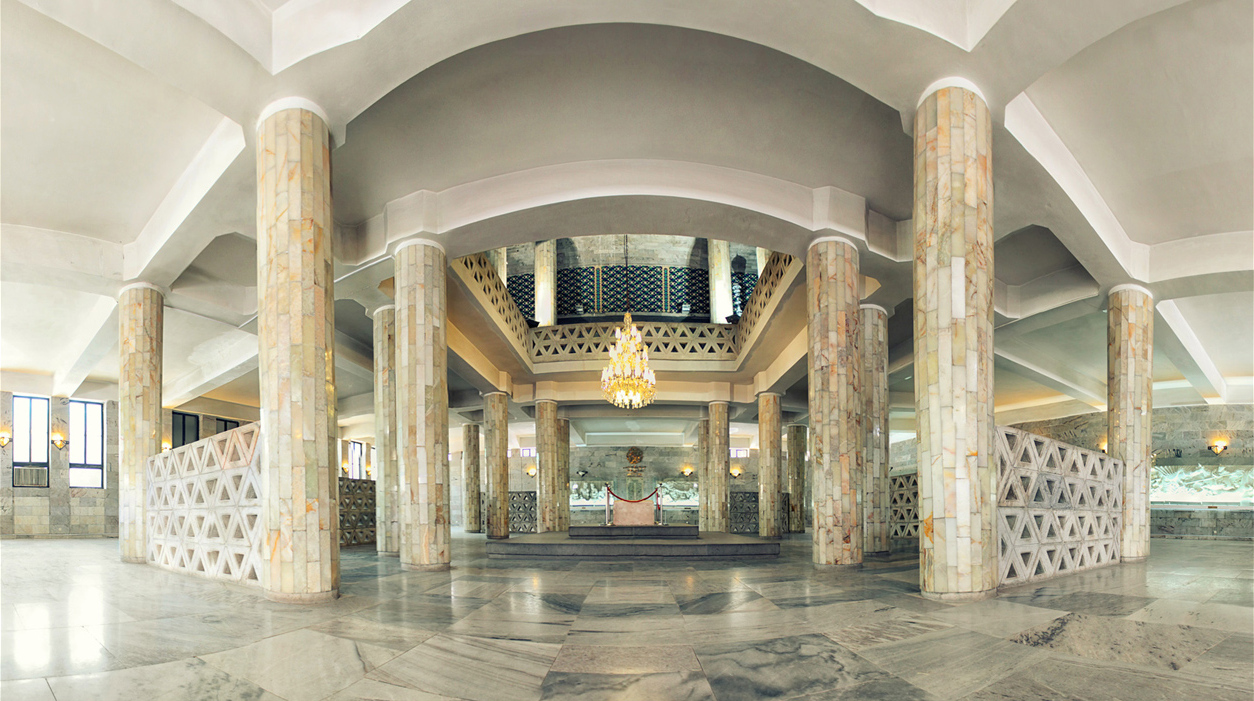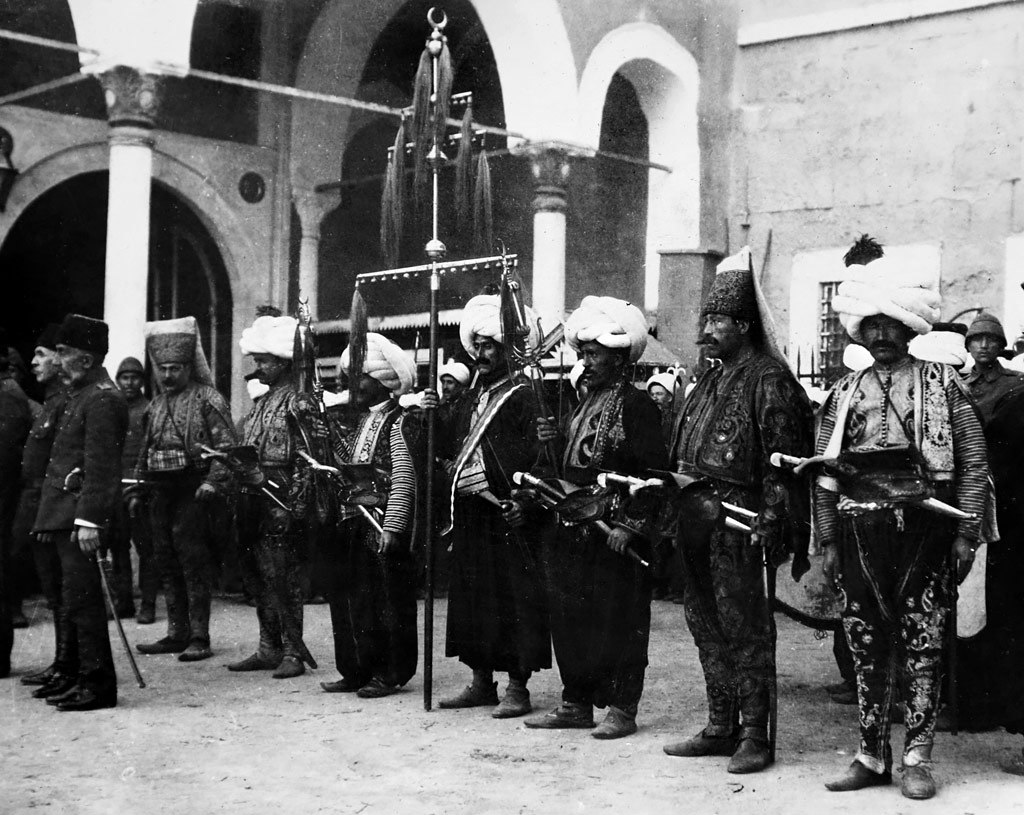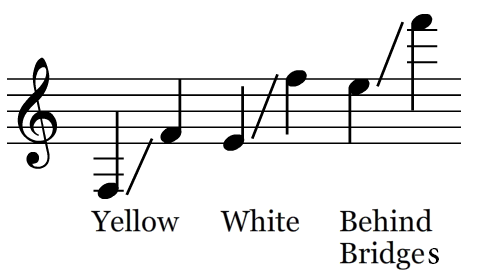|
Zang (bell)
Zang (Persian: زنگ) means bell in Persian, for both large bells and small. The term has historically been applied to a number of ringing metal musical instruments, including large bells with clappers worn by elephants, smaller 3-9 inch bells worn on camels, horses, donkeys and cattle, 2-3 inch sheep bells, and tiny bells tied to the legs of hawks. It also applies to clusters of small bells worn by musicians and dancers, sewn onto cloth bracelets and anklets, or laced on a long string to be wrapped around the waist or hung as a necklace. Additionally, the name in many forms has been applied to cymbals, especially small finger cymbals (Persian: sanj angshati سنج انگشتی) used by dancers, known worldwide today as zills, but also to some larger cymbals including the Iranian '' sanj'' or Iraqi ''zanj''. That cymbals and bells have been differentiated in Persian can be seen in the Shahnameh which refers to both instruments together: His elephant-attendants' crowns of g ... [...More Info...] [...Related Items...] OR: [Wikipedia] [Google] [Baidu] |
Percussion
A percussion instrument is a musical instrument that is sounded by being struck or scraped by a percussion mallet, beater including attached or enclosed beaters or Rattle (percussion beater), rattles struck, scraped or rubbed by hand or struck against another similar instrument. Excluding Zoomusicology, zoomusicological instruments and the human voice, the percussion family is believed to include the oldest musical instruments.''The Oxford Companion to Music'', 10th edition, p.775, In spite of being a very common term to designate instruments, and to relate them to their players, the percussionists, percussion is not a systematic classificatory category of instruments, as described by the scientific field of organology. It is shown below that percussion instruments may belong to the organological classes of idiophone, membranophone, aerophone and String instrument, chordophone. The percussion section of an orchestra most commonly contains instruments such as the timpani, ... [...More Info...] [...Related Items...] OR: [Wikipedia] [Google] [Baidu] |
Firdausi
Abu'l-Qâsem Ferdowsi Tusi (also Firdawsi, ; 940 – 1019/1025) was a Persian poet and the author of ''Shahnameh'' ("Book of Kings"), which is one of the world's longest epic poems created by a single poet, and the greatest epic of Persian-speaking countries. Ferdowsi is celebrated as one of the most influential figures of Persian literature and one of the greatest in the history of literature. Name Except for his '' kunya'' ( – , meaning 'father of Qasem') and his pen name ( – ''Ferdowsī'', meaning ' paradisic'), nothing is known with any certainty about his full name. According to Djalal Khaleghi-Motlagh, the information given by the 13th-century author Bundari about Ferdowsi's name should be taken as the most reliable. Bundari calls the poet al-Amir al-Hakim Abu'l-Qasem Mansur ibn al-Hasan al-Ferdowsi al-Tusi. From an early period on, he has been referred to by different additional names and titles, the most common one being / ("philosopher"). Based on this, hi ... [...More Info...] [...Related Items...] OR: [Wikipedia] [Google] [Baidu] |
Naqareh
The ''naqareh'', ''naqqāra'', ''nagara'' or ''nagada'' is a Middle Eastern drum with a rounded back and a hide head, usually played in pairs. It is thus a membranophone of the kettle drum variety. The term ''naqqāra'' (), also ''naqqarat'', ''naqqarah'', ''naqqåre'', ''nakkare'', ''nagora'' comes from the Arabic verb ''naqr-'' that means "to strike, beat". The instrument was also adopted in Europe following the Crusades, and known as the naccaire or naker. Construction The rounded section of a naqqara is made of baked clay, while the flat side consists of treated skin fastened around the rim with string which is tightened over the back of the bow. Playing This percussion instrument is often played in pairs, where one ''naqqara'' will produce low pitch beats called ''nar'' and the other for the high pitch beats. The instruments are beaten with short wooden sticks bent outward at the upper ends called ''damka''. Varieties Iraq and the other Arab countries ''Naqqārāt'' is ... [...More Info...] [...Related Items...] OR: [Wikipedia] [Google] [Baidu] |
Elathalam
Elathalam (or Ilathalam) is a musical instrument from Kerala in southern India. It is made completely of bronze and resembles a miniature pair of cymbals, played by holding one part in the left hand and banging the other cymbal against it. Although small in size, it is thicker than common cymbals, with a distinct chime. Elathalam is never a lead instrument, but is used in a number of ethnic Kerala percussion ensembles including Panchavadyam, Chenda melam, Thayambaka and Kailaya vathiyam, as well as by a second singer on a Kathakali stage and providing the beat in Kuzhal Pattu and Kombu Pattu. See also * Pandi Melam * Panchari melam * Thayambaka * Panchavadyam Arts of Kerala Percussion instruments {{Cymbal-stub ... [...More Info...] [...Related Items...] OR: [Wikipedia] [Google] [Baidu] |
Mehterhâne
Ottoman military bands were the first-recorded military marching bands. Though often known as the ''mehter'', this term refers only to a single musician in the band. In the Ottoman Empire, the band was generally known in the plural as ''mehterân'', though those bands used in the retinue of a vizier or prince were generally known as ''mehterhâne''. The band as a whole is often termed ''mehter bölüğü'' (' company roop) or ''mehter takımı'' (' platoon'). In Western Europe, the band's music is also often called Janissary music because the janissaries formed the core of the bands. History Such military bands as the ''mehter''s, were not definitively mentioned until the 13th century. It is believed that the first "mehter" was sent to Osman I by the Seljuk Sultan Alaeddin Kayqubad III as a present along with a letter that salutes the newly formed state. From then on every day after the afternoon prayer; "mehter" played for the Ottoman ruler. The notion of a military marching b ... [...More Info...] [...Related Items...] OR: [Wikipedia] [Google] [Baidu] |
Santur
The santur ( ; ) is a hammered dulcimer of Iranian origin.--- Rashid, Subhi Anwar (1989). ''Al-ʼĀlāt al-musīqīyya al-muṣāhiba lil-Maqām al-ʻIrāqī''. Baghdad: Matbaʻat al-ʻUmmāl al-Markazīyya. History The santur was invented and developed in the area of Iran. "The earliest sign of it comes from Assyrian and Babylonian stone carvings (669 B.C.); it shows the instrument being played while hanging from the player's neck" (35). This instrument was traded and traveled to different parts of the Middle East. Musicians modified the original design over the centuries, yielding a wide array of musical scales and tunings. The original santur was likely made with wood and stone and strung with goat intestines. According to Habib Hasan Touma, the Babylonian santur was the ancestor of the harp, the yangqin, the harpsichord, the qanun, the cimbalom, and the hammered dulcimers. Name The name 'santur' may come from Persian ''sanṭīr'', a borrowing of the Greek ψαλ� ... [...More Info...] [...Related Items...] OR: [Wikipedia] [Google] [Baidu] |
Chang (instrument)
The chang (; ; ; ''al-ǧank'' or صَنْج ''ṣanǧ''; Georgia (country), Georgian: :ka:ჩანგი, ჩანგი ''changi'') is a Persian traditional music, Persian musical instrument, a vertical angular harp. It was very popular and used widely during the times of ancient Persia, especially during the Sasanian Dynasty where it was often played in the Shah, shahs' court. It was also played until the 19th century in the Ottoman Empire but has since disappeared from Turkish folk music. History The chang first appears in paintings and wall art in Persia in about 4000 BCE. In these paintings and mosaics, the chang went from the original arched harp to an angular harp in the early 1900s BCE, with vertical or horizontal sound boxes. From the Hellenistic period (~300 BCE) and through beginning of Common Era (~1 CE), the chang changed shape to be less of a handheld instrument and more of a large, standing harp, and subsequently gained in popularity. S ... [...More Info...] [...Related Items...] OR: [Wikipedia] [Google] [Baidu] |
Persian Miniature
A Persian miniature (Persian language, Persian: نگارگری ایرانی ''negârgari Irâni'') is a small Persian painting on paper, whether a book illustration or a separate work of art intended to be kept in an album of such works called a ''muraqqa''. The techniques are broadly comparable to the Medieval art, Western Medieval and Byzantine art, Byzantine traditions of Miniature (illuminated manuscript), miniatures in illuminated manuscripts. Although there is an equally well-established Persian tradition of wall-painting, the survival rate and state of preservation of miniatures is better, and miniatures are much the best-known form of Persian painting in the West, and many of the most important examples are in Western, or Turkish, museums. Miniature painting became a significant genre in Persian art in the 13th century, receiving Chinese art, Chinese influence after the Mongol conquests, and the highest point in the tradition was reached in the 15th and 16th centuries. The ... [...More Info...] [...Related Items...] OR: [Wikipedia] [Google] [Baidu] |
Zill
Zills, zils, or sagat, also known as finger cymbals, are small metallic cymbals used in belly dance, belly dancing and similar performances. They are similar to Tibetan tingsha bells. In Western music, several pairs can be set in a frame to make a tambourine. Other names include ''nuqaisāt'' (after the ''Semantron#Naqus, naqus'') and ''ṣunnūj ṣaghīra'' in Arabic, ''sanj angshati'' in Persian, ''çeng'' in Turkish. History Zills, or finger cymbals, are part of a family of musical instruments known as ''clappers''. Clappers are musical instruments made of wood, bone, metal, and other substances that are played by being struck against each other. Clappers come in pairs and are often held in the hands, fastened together, or strapped to the performer's fingers. The clapper family also includes spoons, bones and castanets. One of the earliest forms of clappers are wooden ''krotala'' already present in Greece around 500 BC. Ancient Greek potteries depict men and women celebr ... [...More Info...] [...Related Items...] OR: [Wikipedia] [Google] [Baidu] |
Tambourine
The tambourine is a musical instrument in the percussion family consisting of a frame, often of wood or plastic, with pairs of small metal jingles, called "zills". Classically the term tambourine denotes an instrument with a drumhead, though some variants may not have a head. Tambourines are often used with regular percussion sets. They can be mounted, for example on a stand as part of a drum kit (and played with drum sticks), or they can be held in the hand and played by tapping, hitting, or shaking the instrument. Tambourines come in many shapes with the most common being circular. It is found in many forms of music: Albanian folk music, Arabic folk music, Israeli folk music, Turkish folk music, Greek folk music, Italian folk music, French folk music, classical music, Galician traditional music, Asturian traditional music, Persian music, samba, gospel music, pop music, country music, and rock music. History The origin of the tambourine is unknown, but it appea ... [...More Info...] [...Related Items...] OR: [Wikipedia] [Google] [Baidu] |
Jingle (percussion)
In percussion, a jingle is one of a cluster of small bells, shaken or tapped on the palm of the player's hand. The small metal discs arranged around the frame of a tambourine are also called "jingles". In the Hornbostel–Sachs instrument-classification system, they are described as " shaken idiophones". Jingles were often found in ancient times as harness ornaments suspended from the trappings of horses, mules, and camels . That term is referenced in Bob Dylan's hit song, " Mr. Tambourine Man". It is an onomatopoeic term, often used together with ''jangle''. An example of that usage is found in the Frank Loesser Frank Henry Loesser ( "lesser"; June 29, 1910 – July 28, 1969) was an American songwriter who wrote the music and lyrics for the Broadway theatre, Broadway musicals ''Guys and Dolls (musical), Guys and Dolls'' and ''How to Succeed in Business ... song " Jingle Jangle Jingle". See also * Jingle bell References * Bells (percussion) Early musical instruments ... [...More Info...] [...Related Items...] OR: [Wikipedia] [Google] [Baidu] |







